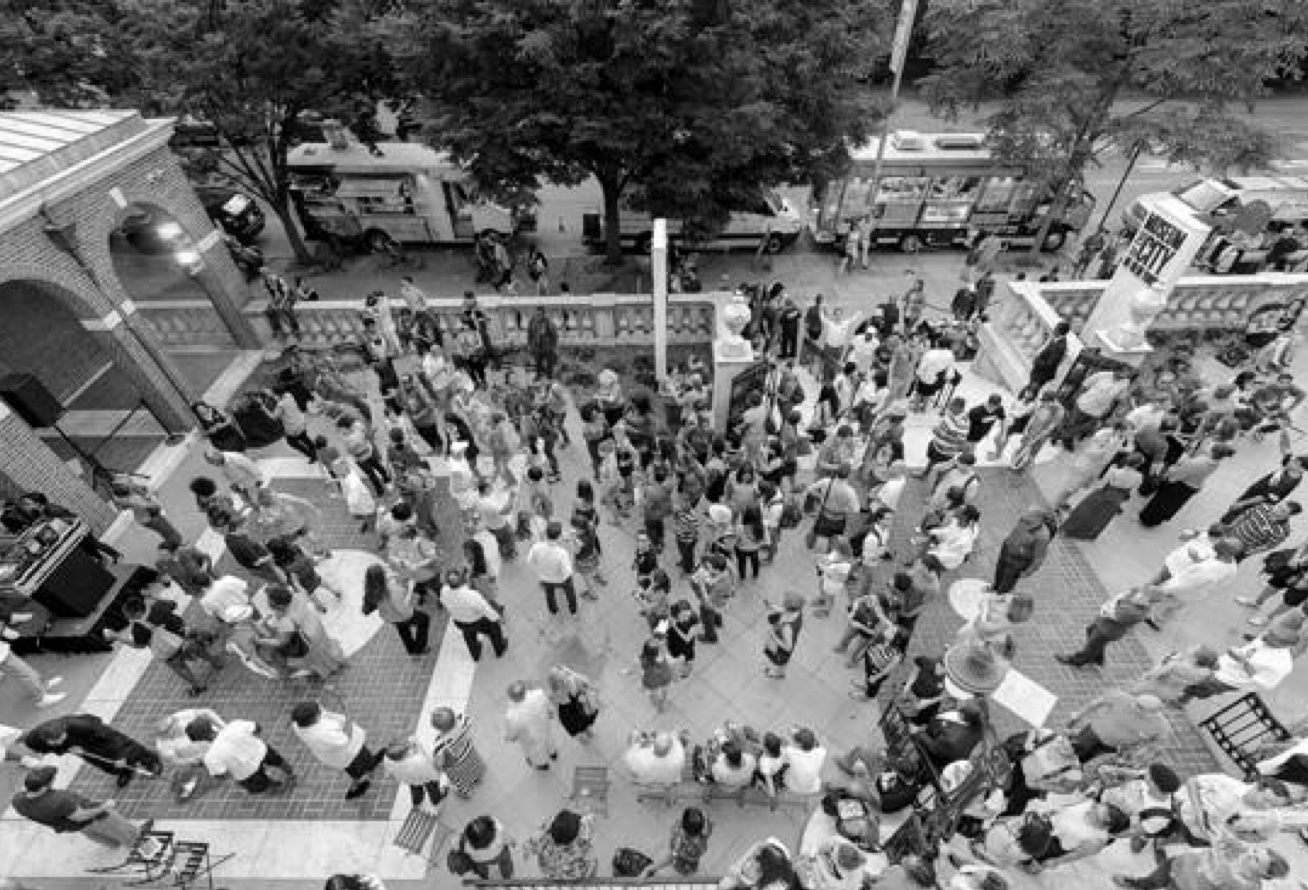Stettheimer Dollhouse: Introduction
The Stettheimer “doll’s house”–an artistic model made between 1916 and 1935 by Carrie Stettheimer–is one of the great treasures of the Museum of the City of New York. Along with her sisters Ettie and Florine and their mother Rosetta, Carrie was the host of an influential avant-garde artistic salon in early 20th century New York. The sisters, all born shortly after the Civil War, defied many of the expectations of women of their day. Ettie (1875-1955) was a philosopher and novelist; Florine (1871-1944) was a painter and designer; Carrie (1869-1944), who had once aspired to be a theatrical designer, was responsible for running the household and orchestrating its gatherings, but she also directed her creative energies into crafting a unique piece of three-dimensional art.
Over the course of almost two decades, Carrie channeled the Stettheimers’ fashionable life into a detailed and lavish miniature world. Never intended as a child’s plaything, the doll-house embodies and reinterprets the eclectic aesthetic and cultural milieu in which the Stettheimers moved. Among its most outstanding features are miniature works gifted to Carrie by some of the leading lights of modern art in New York in the 1910s and 1920s, including Marcel Duchamp, Gaston Lachaise, Marguerite and William Zorach, and many other guests who attended the Stettheimers’ salon.
Ettie Stettheimer gave the dollhouse to the Museum of the City of New York in 1945, the year after her sister’s death, and it was she who installed the miniature artworks that Carrie had collected. In honor of the 75th anniversary of this extraordinary gift, the Museum invites you to explore the dollhouse up close and to enter the world of the Stettheimers.
of 1

